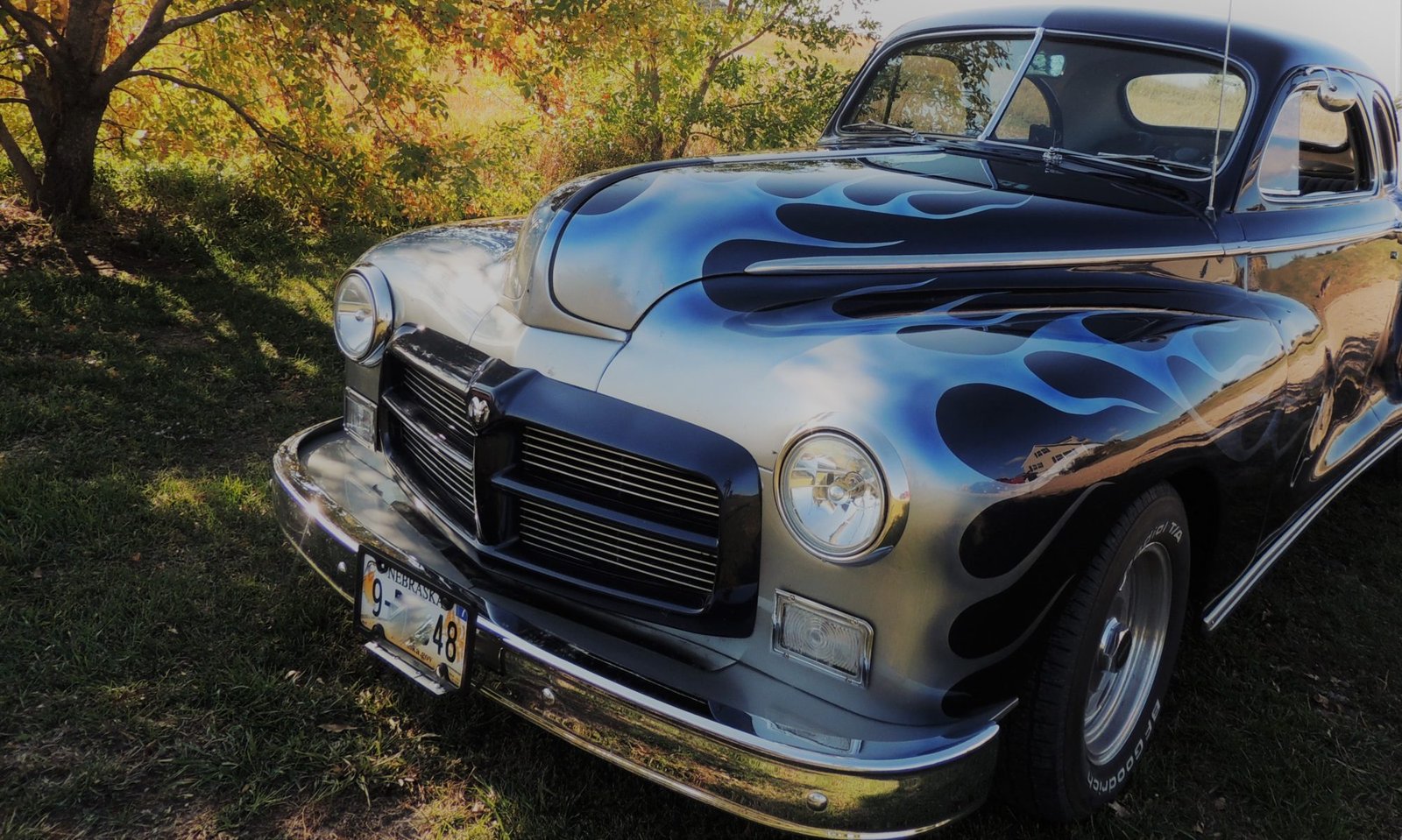
This year marks the 100th anniversary of the historic military convoy that traversed America from Washington DC to the Pacific Ocean, following the Lincoln Highway from Gettysburg to San Francisco. The Great War had just ended, and the development of military vehicles was one of the principal factors that contributed to winning that war. As the commanding officer in charge of the convoy, Lieutenant-Colonel Charles McClure, put it, “Motor truck transportation saved France, but France had roads.” Realizing the importance of a federal highway system, the Secretary of War authorized the Motor Transport Corps (MTC) of the United States Army to conduct this First Transcontinental Motor Convoy. The stated goals included the service testing of army vehicles, demonstrating the practicability of long-distance motor transport, encouraging the government expenditure necessary to a highway system, and recruiting for the MTC.

The convoy that left Washington D.C. on July 7th consisted of two complete truck companies of “war strength”. Reports vary, but around 80 vehicles made the trip and included, among others, Cadillac and Dodge passenger cars, Packard, White, GMC and Mack Trucks and Harley and Indian motorcycles.

Personnel numbered nearly 300, made up of enlisted men, officers and War Department observers. One of those observers was the great Dwight D. Eisenhower, then a baby-faced Lieutenant Colonel, and you can find the official reports referenced herein, as well as the historic photos, on the Eisenhower Presidential Library website.

They made the 3,251-mile trip in 62 days, arriving at the Presidio in San Francisco on September 6th. Over 54 percent or 1,778 of the miles traveled consisted of unpaved mountain trails, desert sands, alkali flats and dirt roads that quickly turned to mud when it rained.


Again, reports vary, but the convoy of heavy machinery damaged or destroyed something like 100 bridges and culverts. One of the Mack trucks, carrying a tractor, was the official tester. According to an interview with McClure, this testing lead to the collapse of 16 bridges in a single day, and all destroyed bridges had to be rebuilt before moving on.



Photo credit: Marge Kauffelt
According to the official reports, this army motor convoy set a new world record for distance and, in doing so, garnered the publicity essential to achieving its purposes. One-ninth of the population of the United States was living within a zone ten miles wide along the Lincoln Highway, and it was estimated that local publicity in the states crossed brought the convoy to the attention of 33,000,000 people or nearly one-third of the population. The Townsend Highway Bill, legislation which established a Federal Highway Commission and appropriated funds for the construction of highways, was under consideration in Congress, and the fanfare surrounding the convoy helped convince the members of Congress to pass it.

In terms of service-testing the equipment, some brands fared better than others. The Garford truck, for example, was roundly criticized. The Dodges and Cadillacs performed admirably, and the three Packard trucks received high praise from those who took part in the convoy, including Eisenhower himself. He stated “One Packard truck was badly overloaded the entire trip. Its load was partially distributed in latter part, but when weighed near end of trip, its gross weight was still 1,500 pounds in excess of that of any other 1 ½ ton truck. The performance of these three trucks is considered remarkable.”

A consensus was also reached regarding the performance of personnel. The repair, engineer and medical units were well-trained and disciplined, but the relatively new MTC apparently had room for improvement. The Ordnance Observer, 1st Lieutenant E. R. Jackson, described it this way in his report: “During the early weeks of the trip, discipline among the enlisted men of the Motor Transport Corps was conspicuous by its absence.” Eisenhower agreed with this observation and blamed inexperience and poor officers for excessive speeding, poor handling of trucks and unseemly conduct. Unfortunately, no details were given as to what was unseemly about their conduct!

When the convoy passed through Kearney, Nebraska, the local paper noted the similarities between the pioneers in the convoy and the ones that had followed the Oregon Trail to the west in similar fashion not too many decades before. The khaki canvas stretched over the steel supports of the army trucks was reminiscent of the white canvas of the covered wagons. Like the wagon train, the convoy was also self-sustaining. It included machine and blacksmith shops, water tanks, gas tanks and kitchen trailers. Kearney is home to Ft. Kearny, and some of those watching the 1919 spectacle had almost certainly witnessed the wagon trains that were still rolling through in the 1860s.

To commemorate this historic transcontinental convoy, some organizations are retracing the path taken in 1919. One of these groups is the Military Vehicle Preservation Association, and they just went through Nebraska a couple of days ago. What a great idea, and what an impressive array of historic vehicles!











Sources:
“Army Motor Convoy Trip.” The Denison Review, 2 July 1919, p. 1.
“Army Truck is Try-Out For Equipment.” The South Bend News Times, 20 July 1919, p. 10.
“Billion Urged For National Road System.” Oakland Tribune, 7 September 1919, p. 4.
“First Transcontinental Military Convoy Over Lincoln Highway.” The Lancaster Daily Intelligencer, 5 July 1919, p. 13.
“Government Motor Truck Train Now Winding Its Way Across Nevada.” Reno Evening Gazette, 31 August 1919, p. 8.
Houlihan, Jim. “Official Greeting of Oakland Extended on Nevada Desert.” Oakland Tribune, 31 August 1919, p.1.
“U.S. Army Convoy Shows Tremendous Possibilities of Motor Trucks.” Los Angeles Sunday Times, 14 September 1919, p. 1.
“U.S. Army Truck Convoy Teaches Many Lessons; Automobile Transportation Factor in Progress.” The Salt Lake Tribune, 17 August 1919, p. 1.
“U.S. Convoy Half Way On Coast to Coast Trip.” The Washington Times, 2 August 1919, p. 9.










































